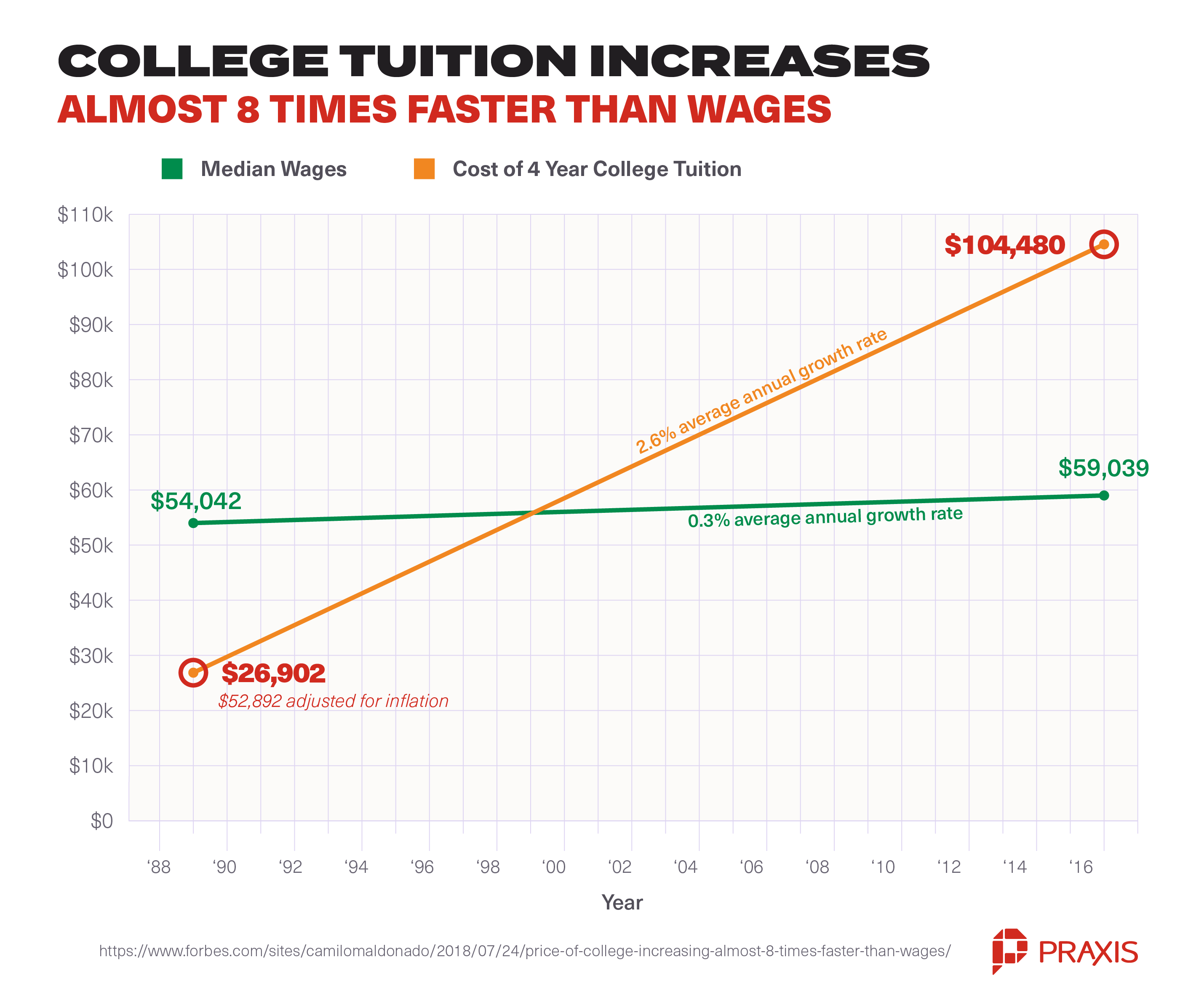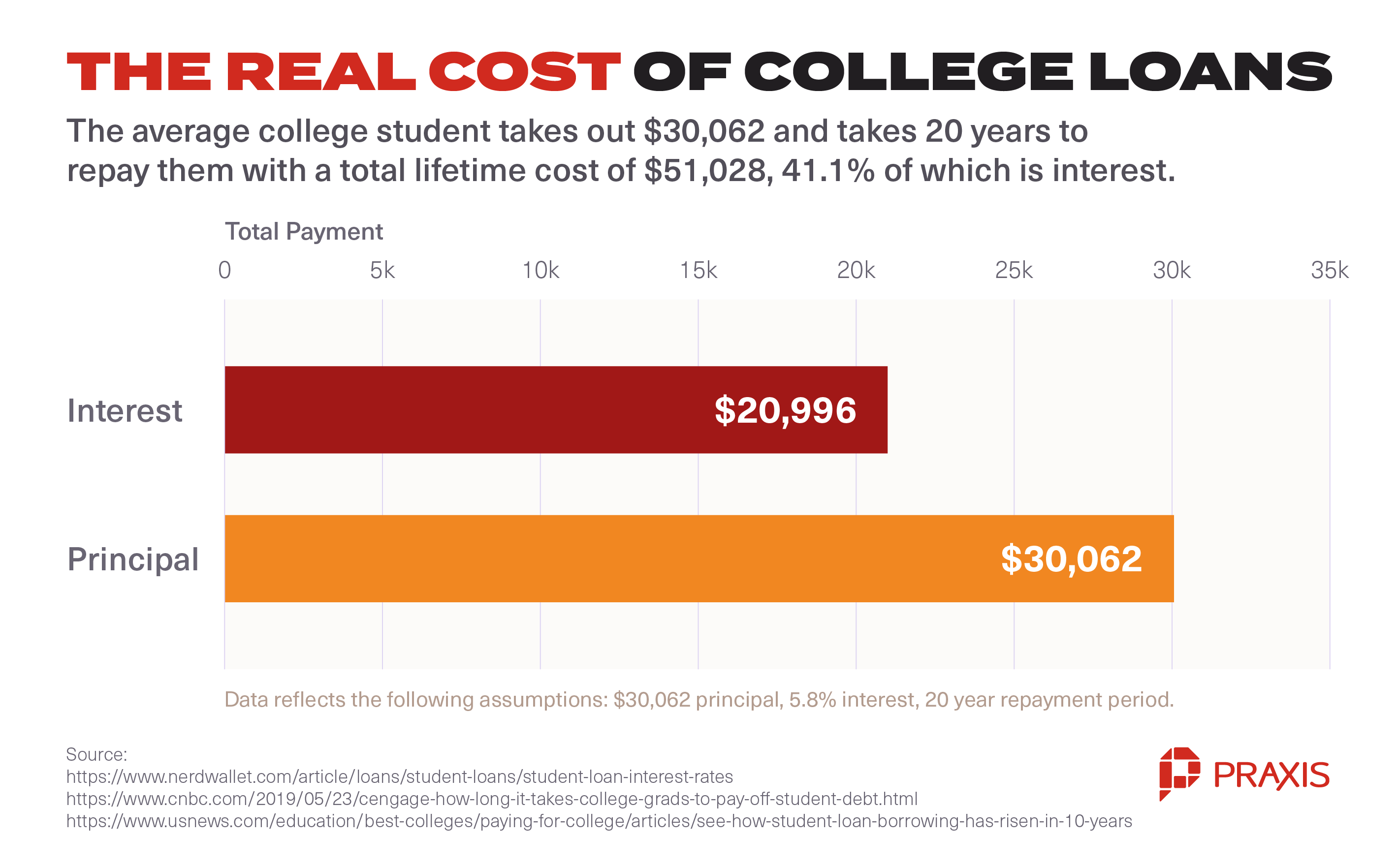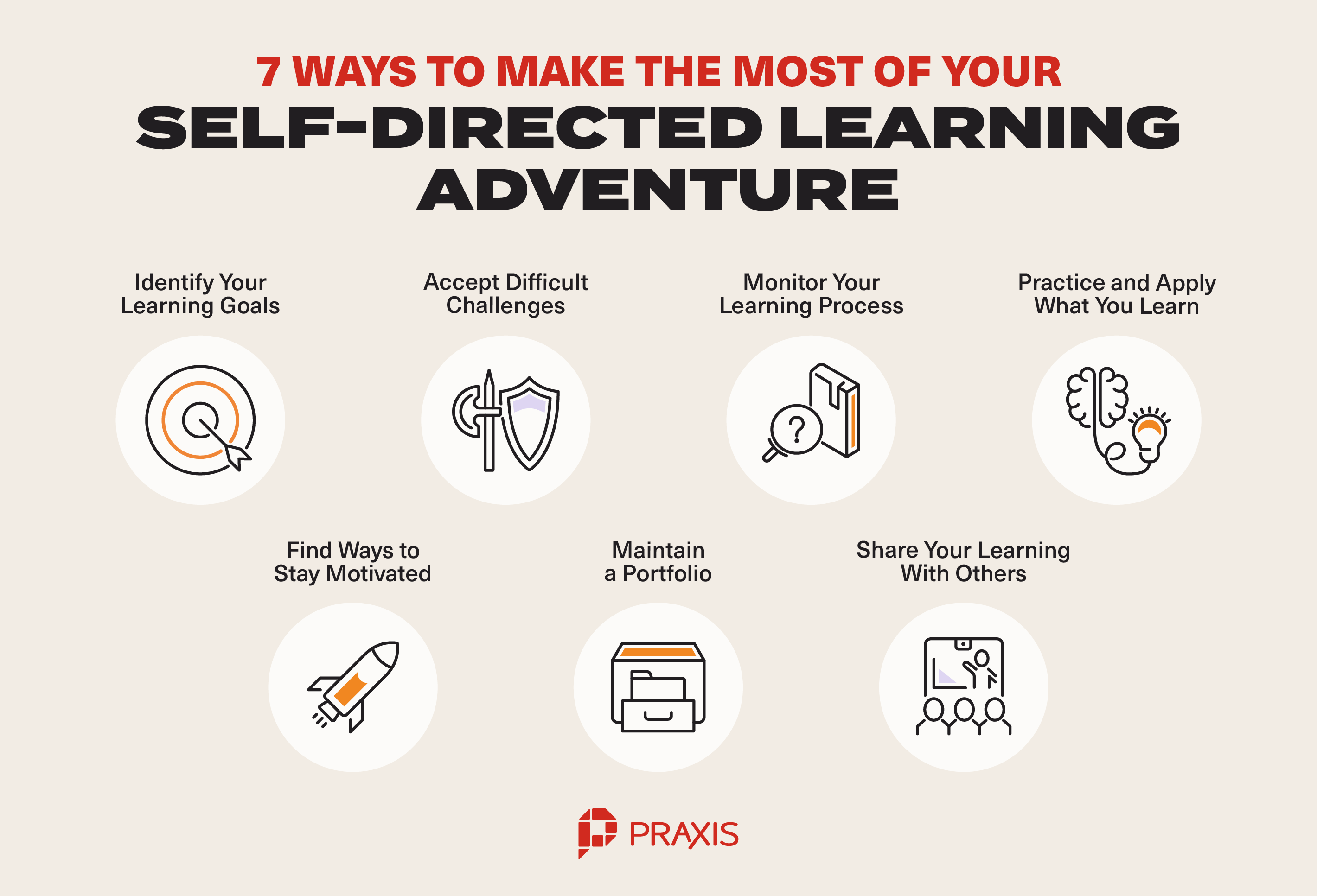The average American college student spends $104,480 on the traditional college experience. That’s a huge investment.
And make no mistake about it, college is an investment. If you choose to give a school over $100,000 and at least four years of your life, you’d better get something at least as valuable in return.
What do colleges promise to give their students in exchange for such a large investment?
- Invaluable knowledge that prepares them for a career
- A degree proving they have that knowledge
- A powerful network of contacts to help with future career opportunities
Unfortunately, few students actually leave college with those rewards.
Want proof?
That invaluable knowledge that prepares graduates for a career? Over 64% of college students don’t think they’ll graduate with the skills needed to succeed in the workplace and nearly 60% of employers agree.
A degree proving college grads have that knowledge? Only 58% of college students ever earn their degree and 90% of employers are open to hiring candidates without that all-impressive piece of paper.
A powerful network of contacts to help them with future career opportunities? Just 40% of college students use LinkedIn—the preeminent networking tool—and 65% of Millennials don’t feel good about their current job search.
The most disheartening reality about this entire situation? Despite these objectively awful outcomes, students keep lining up to give outrageous sums of money to already-rich institutions that keep raising prices because they know they can.
Case in point: From 1989-2016, the cost of a college education rose eight times faster than wages.

It’s Time We Stopped Betting on College
Every time a student agrees to make the increasingly risky investment in a traditional college education, they’re betting on that college giving them something more valuable in return.
You saw the statistics above. That isn’t likely to happen, especially because of how much value $100,000 and four years of your life has.
Seriously, think about that for a second. We can describe this value in a few different ways:
Instead of spending that $100,000 on college, what if you invested it? The S&P 500 is up 68% over the last four years, meaning $100,000 invested in the stock market four years ago would be worth $168,000 today.
And then there are the loans. The average college graduate borrows $30,062 in student loans with a 5.8% interest rate and takes 20 years to pay them off. That’s $20,966 in interest alone.

It’s Time to Bet on Yourself with Self-Directed Learning
Self-directed learning is the practice of taking charge of your own education by making sure you actually do everything colleges should be doing:
- Discovering what you need to learn
- Setting learning goals
- Choosing the learning strategies best suited to you
- Evaluating your learning outcomes
Self-directed learning is an incredibly powerful way to experience a breadth of different subjects before choosing the skills you want to master and the paths you want to pursue. However, it places a huge emphasis on both discipline and personal responsibility, which means it isn’t for everyone.
If you’re a motivated, hard-working go-getter who’s determined to take control of your life and make your own way, then self-directed learning is your future. Here are 7 ways to make the most of your self-directed journey.
- Identify your learning goals
- Accept difficult challenges
- Monitor your learning process
- Practice and apply what you learn
- Find ways to stay motivated
- Maintain a portfolio
- Share your learning with others

Let’s explore each of these in more detail.
1. Identify Your Learning Goals
To set learning goals, you first need to know what you want to learn. The good news is that, unlike college, self-driven education doesn’t lock you into a specific learning path. If, as you learn more about a potential path, you discover that it’s not something you can see yourself doing as a career, after all, you can always change course.
That said, it’s worth taking the time to validate your assumptions about whichever career options you have in mind before spending a lot of time learning the necessary skills. Thinking of learning to code? Talk to – or better yet, shadow – a software engineer and find out as much as you can about the day-to-day challenges of the job.
For tips on identifying and building a career you love, read Building a Meaningful Career: The Ultimate Guide.
If you want to make the most of your learning, you need to set yourself measurable goals, track your progress, and periodically reflect on how you’re doing.
You can start by making a list of the skills you need to learn. Next, collect learning resources (like courses, articles, videos, and podcasts), and create a curriculum for yourself, with milestones where you’ll stop and evaluate how much you’ve learned and what you still need to learn. Repeat this process until you feel confident you have the knowledge and skills you need to do the work you’ve been preparing yourself for, and start building a portfolio and applying for opportunities (more on this below).
2. Accept Difficult Challenges
Biting off slightly more than you can chew is the fastest way to learn and to discover what you’re capable of. Challenges help us to grow by forcing us to reach and do more than we thought we could. Not only will you learn a lot – quickly – regardless of whether you succeed or not, but if you do succeed, you’ll gain a lot of self-confidence.
Do a course you don’t feel quite ready for. Apply for jobs you’re not 100% qualified for. Set yourself slightly optimistic deadlines. Sign up for a half-marathon – whatever it is, put yourself outside your comfort zone and you’ll 10X your growth.
3. Monitor Your Learning Process
Keep a “learning journal” to track what you’re learning and how well you respond to each learning experience or resource. This will help you identify which types of learning processes are best suited to your learning needs, and allow you to make adjustments to learn more effectively and efficiently going forward. For example, you might find that you get distracted when you learn by listening to audiobooks or podcasts and decide that videos or interactive courses that include visual stimuli are more productive.
4. Practice and Apply What You Learn
One of the biggest traps self-directed learners fall into is not actively practicing what they learn. It’s easy to coast through online courses without doing the recommended activities. You may feel like you’re learning a lot, but the odds are you’ll forget most of it if you’re only learning the theory.
The best and fastest way to truly learn a skill is by doing. Learning to code? Write a little program. Learning how to negotiate or be a better conversationalist? Create opportunities to practice as often as possible. Think of it as learning to play an instrument: watching others do or explain it will only take you so far.
5. Find Ways to Stay Motivated
Motivation can be a tough nut to crack, especially when you’re going it alone. Visualization techniques that focus on the rewards of your hard work can be very helpful in remaining motivated to achieve your goals. Similarly, hearing the success stories of others who have taken a similar path can inspire you and help you to stay on track. You could also set yourself rewards for achieving key milestones in your curriculum.
For some people, external validation is an important part of staying motivated. If this is you, seek out social learning settings or online (or offline) communities dedicated to the skill you’re learning where you can discuss your progress and obtain feedback from people with more experience.
6. Maintain a Portfolio
In most careers, a portfolio is far more important than any resume or formal qualification. The single most important consideration for prospective employers is whether you can actually do the job they need you for, and the surest way to convince them is through proof that you’ve done it before.
Even if you don’t have a job yet, you can start building your portfolio by creating projects for yourself. They’ll serve the dual purpose of giving you an opportunity to practice and apply your skills and serving as evidence of your ability to create value. Plus, as you progress in your field and update your portfolio with more recent and more impressive projects, you’ll be able to look back and see how far you’ve come.
7. Share Your Learning with Others
Sharing your newfound knowledge with others is an excellent way to maximize your learning by gaining new perspectives, discovering new learning resources, and building your network.
Whether it’s by discussing what you’re learning with friends and family, debating with a mentor, participating in online forums, keeping a blog, or sharing your journey on LinkedIn or Twitter, learning out loud amplifies your learning, helps to build your online presence and “brand,” and allows others to learn alongside you.
We’ve written elsewhere about the benefits of learning out loud.
Are You Ready to Bet On Yourself?
It’s time we stopped betting on colleges to give their students valuable returns on an expensive investment. The results just aren’t there.
It’s time we took control of our futures and our education with the many free and low-cost college alternatives that have proven to work for people in all sorts of industries.
For passionate, hard-working students ready to embrace self-directed learning, Praxis is often the best option. Praxis is an intensive, 12-month program that combines the focused learning approach of a bootcamp with the hands-on, real-world experience of an apprenticeship.
Whereas college takes four years with just 60% of students graduating, Praxis takes just one year with 93% of students receiving full-time job offers with an average starting salary of $50,000. We might be biased, but we know which odds we prefer.
Praxis allows you to hedge your bets by learning multiple in-demand workplace skills that could lead to a variety of careers. And unlike college, when you complete the program, you’ll have a portfolio of real projects to show prospective employers what you’re capable of.
Imagine earning $150,000 over three years while other people your age are paying nearly as much to cross their fingers and hope they’re one of the lucky ones. By the time your peers graduate (assuming they do), you’ll already have a $250,000 advantage with at least three years of valuable work experience.
Are you ready to push your chips into the middle and bet on yourself? Explore Self-Directed Learning to learn more about how Praxis can help you, today.
March 23, 2023
